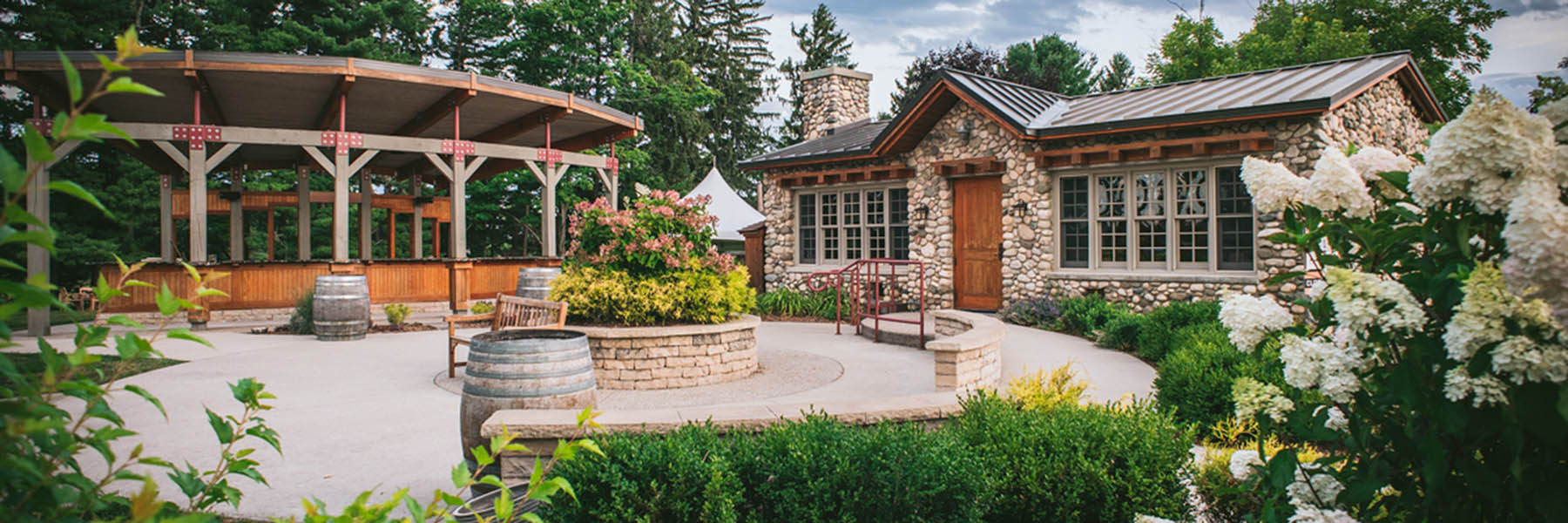Thursday March 12, 2015
First, I like to say my wines smell a lot… in a good way, and that’s just how I like it. Second, if you really want to know everything there is to know about wine aromas enroll in the Viticulture & Enology program at the University of California, Davis, spend 6 to 8 years earning your Ph.D., and then you may know half of what there is to know. There are thousands of unique compounds in wine responsible for aromas and not all of them have been isolated and identified yet, and until detection and analytical technology develops further we just may never know all about wine aromas.
So now what? Is this subject just too complex to even tackle? Hardly, because what we do know explains quite a bit. These aromas come from a variety of sources, and no, if your wine smells of apple or peach, honey or black pepper, winemakers are not adding these things to the wines. Some exist in the grapes and biochemically develop during the ripening process. Some are byproducts of fermentation when yeasts react with compounds to form new compounds. Then there are the external influences such as oak barrels and oxygen which have their own effect on resulting aromas. These factors, and a couple of other details of course, are why wines can display an almost dizzying array of aromas, and why there are such diverse and nuanced differences in wine. I am going to list some of the more important contributors and give you a quick down and dirty on these compounds that contribute to wine aroma, and how you can recognize them.
Esters: These are the source of fruit and flower aromas and develop during fermentation with the interaction of yeast with amino and other acids naturally present in grapes. Isolated esters are commonly used as flavor additions in products such as candy. Esters are the source of aromas described as apple, raspberry, strawberry, honeysuckle and lily.
Thiols: These are a bit tricky, in less concentrated form they can smell fruity, often citrus-like or like gooseberry, sometimes tropical such as passion fruit, but in higher concentrations can be off-smelling like garlic. For you chemistry nerds out there, thiol is an organosulfur compound.
Terpenes: Not all grape varieties have terpenes. These are very important to the aromas found in varieties such as Riesling, Gewurztraminer and Muscat, and can smell anywhere from sweet and floral to herbaceous. If you smell lemon oil as opposed to lemon juice, or you smell roses or lavender, these are due to terpenes. What about the aroma of freshly ground black pepper? This comes from a terpene by the name of Rotundone, and can also sometimes smell like rosemary, thyme or basil. And if you like a beer, or three like I do, then give some credit to terpenes. Many of the aromas of beer come from terpenes in hops.
Pyrazines: This is a family of compounds found in grapes that often have vegetable aromas. In small concentrations they can be pleasant and smell like elderflowers or a bit leafy like grass or culinary herbs such as tarragon. In higher concentrations these can turn ugly on you and smell like green bell pepper or peas, so it all depends on exactly which form of pyrazine and the concentration. These are responsible for much of the wonderful aromas found in coffee and bittersweet chocolate.
Volatile Acidity: Another class of aroma that in very, very small quantities can add great complexity such as the aroma of balsamic, but ratchet it up just a little bit and it is nothing but trouble. This quickly becomes responsible for the smell of vinegar, sauerkraut, pickles and nail polish remover; no thank you!
Lactones: Ever smell a hint of vanilla or maybe roasted hazelnut in your wine? How about caramel or coconut? These are from barrel ageing wines and compounds produced during the making of barrels and can vary depending on the techniques used by the individual barrel maker or the specific forest where the oak used for barrels is grown.
Far from a complete list but this should give you a head start on looking like an amazing wine expert at the next dinner party. And we didn’t even get in to aroma versus taste, we’ll just have to tackle that one later. So remember, if you smell something like strawberry in your Pinot Noir, nobody was dumping strawberries in the tank. What you smell is the very same compound that makes your strawberry smell and taste like it does.
Cheers!
Adam Satchwell Winemaker and General Manager, Shady Lane Cellars


